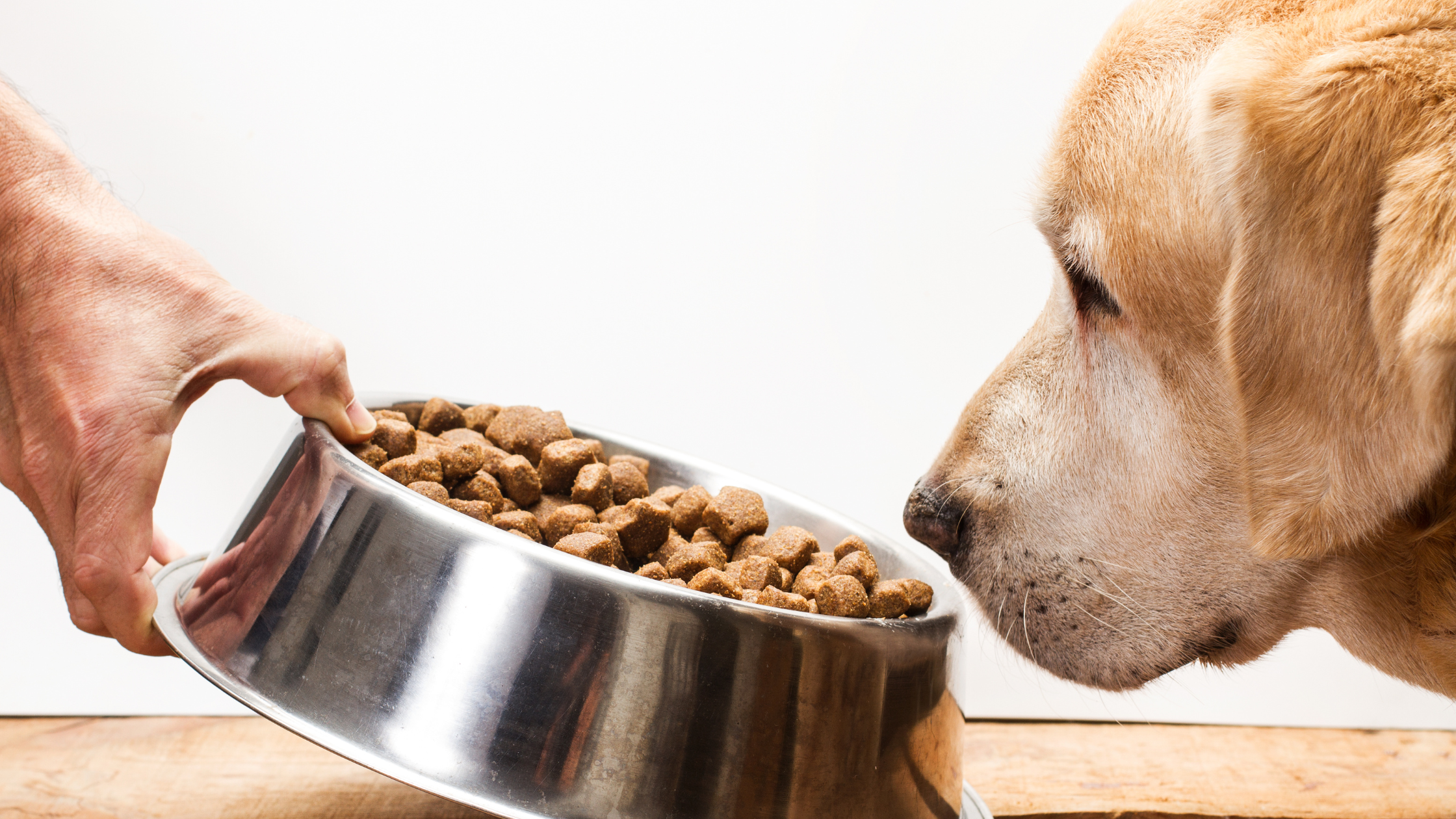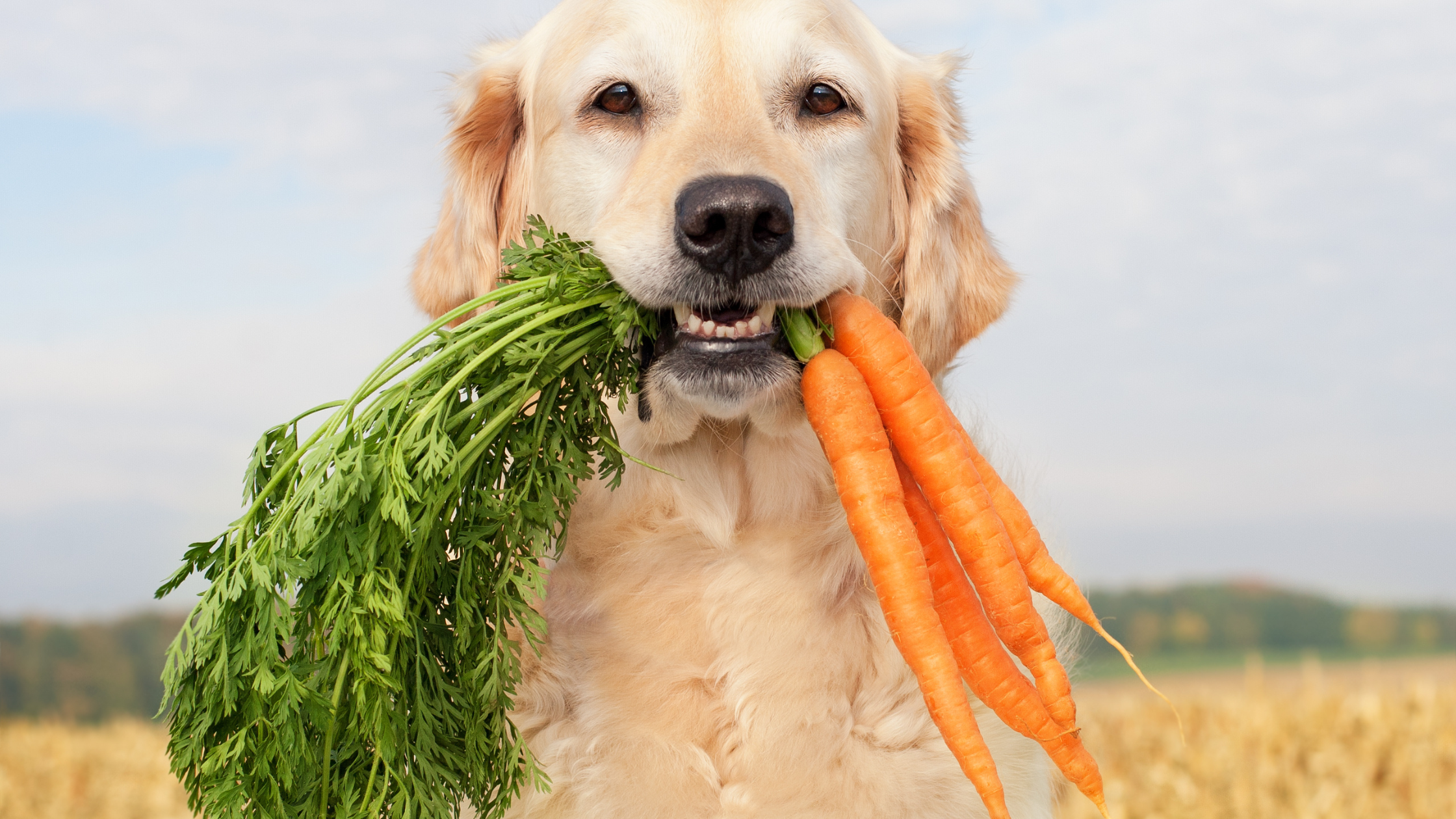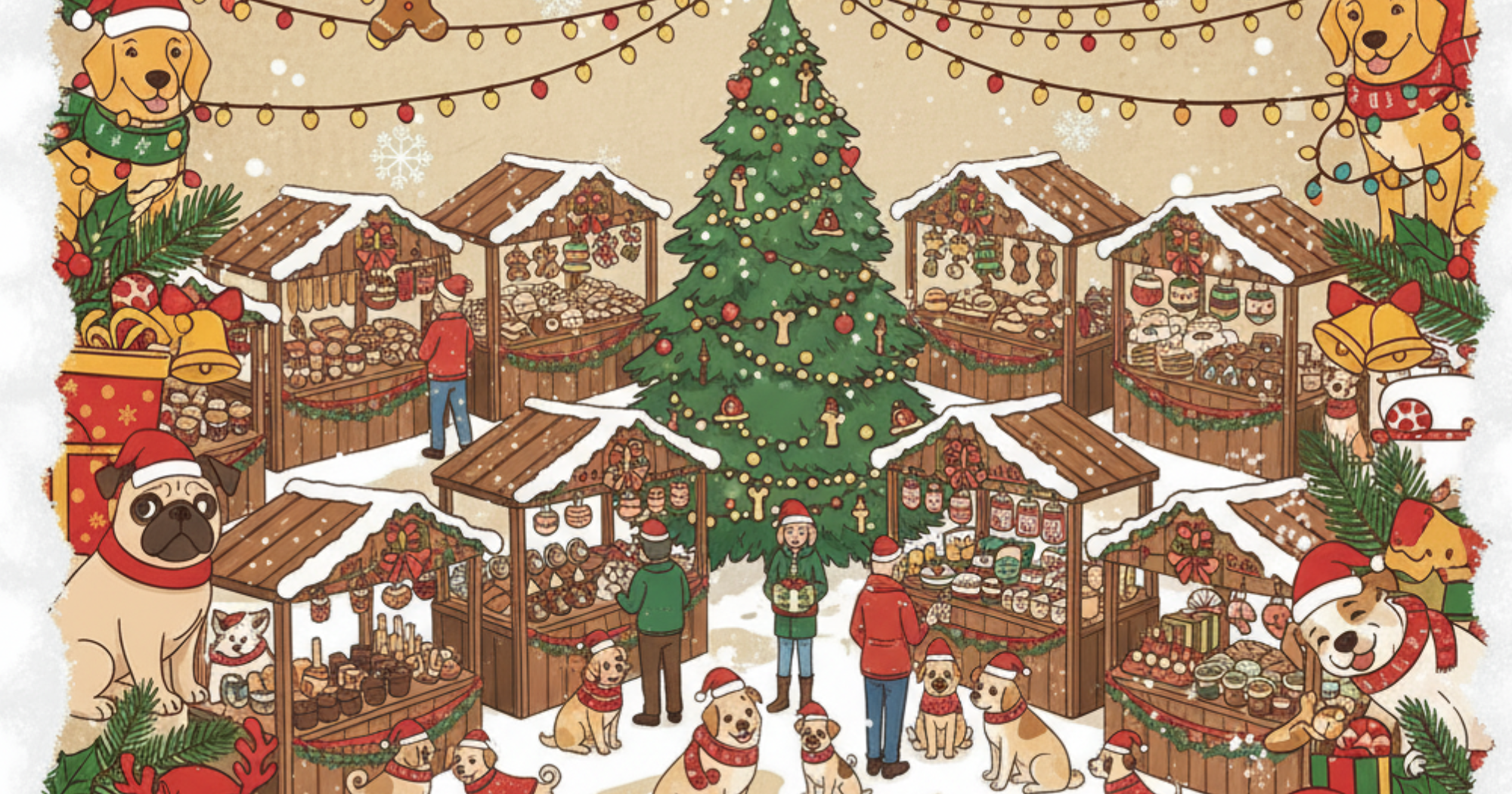
Definition of a Dog Food Topper
A dog food topper is a supplemental ingredient that is added to a dog’s regular meal to enhance its taste, texture, and nutritional content. It comes in various forms such as freeze-dried, dry, moist, powder and broths, offering a wide range of options for pet owners to choose from based on their dog’s preferences and dietary needs.
Let’s talk about the objectives of food toppers and why many dog owners are purchasing them. The purpose of a dog food topper is to entice picky eaters to finish their regular meals by adding new flavours and textures. We have all experienced a dog rejecting food right? Hmmm it can become frustrating, tiresome and costly trying to find foods our dogs enjoy eating regularly. Dogs can become ‘selective’ with their foods. Hence why the topper was born.
So not only are they great for ‘topping onto’ our dog’s food for enticing, they can also provides extra nutrients which may be lacking in a dog’s regular diet, making it a convenient way to boost their overall nutrition. Many toppers are nutrient dense providing essential vitamins, minerals and a wide variety of nourishing supplements.
Benefits of using a Dog Food Topper
Dog food toppers are becoming increasingly popular among pet owners as a way to enhance their dog’s meals. These tasty and nutritious add-ons provide a variety of benefits that can improve a dog’s health, nutrition, and overall well-being. From enticing picky eaters to providing an extra boost of vitamins and minerals, dog food toppers offer a convenient and effective way to elevate the quality of a dog’s diet. So, let’s explore the numerous benefits of incorporating a dog food topper into your pup’s meals.
Types of Dog Food toppers:
Dry Food Toppers
Dry food toppers are a popular addition to a dog’s diet, offering both nutritional benefits and enhanced palatability. There are various types of dry food toppers, including air-dried, freeze-dried, and powdered options. Air-dried toppers are gently cooked at low temperatures to retain nutrients, while freeze-dried toppers are frozen and then rapidly dehydrated to preserve nutritional value. Powdered toppers are usually made from ground whole food ingredients.
These toppers can add valuable nutrients to a dog’s diet, such as protein, vitamins, and minerals, and are often made with healthy ingredients like real meat, fruits, and vegetables. They can also enhance the flavour and texture of a dog’s meal, making it more appealing.
Some of our top-rated Dry Food toppers are the following:
Wet Food Toppers
Wet food toppers for dogs come in various forms, including gravies, sauces, broths, and meaty, moist pouches. These toppers are designed to add extra flavour, moisture, and nutritional value to your dog’s regular meal. Gravies and sauces can enhance the taste and palatability of dry kibble, while broths provide an additional source of hydration.
The benefits of using wet food toppers for dogs are plentiful. They can help increase your dog’s overall water intake, leading to better hydration and improved urinary health. The added moisture content in these toppers can also be beneficial for dogs with dental issues or those who have trouble chewing dry food. Additionally, the savoury flavours can encourage picky eaters to finish their meals, ensuring they receive the necessary nutrients.
Broth Dog Food Toppers
Broth dog food toppers are a fantastic addition to any dog’s meal. Not only do they add flavour and make the kibble or freeze-dried nuggets more palatable, but they also provide much-needed hydration for our furry friends. This is especially beneficial for senior dogs or those who are ill and may not be drinking enough water on their own.
One of the main benefits of bone broth for dogs is that it aids in digestion. The nutrients in the broth help to soothe and heal the digestive tract, making it easier for dogs to absorb essential nutrients from their food. Additionally, bone broth can boost the immune system and support the musculoskeletal system, thanks to its collagen content. Collagen is beneficial for joint health, as well as promoting healthy skin and coat.
When choosing a bone broth for your dog, it’s important to select one that is specifically made for dogs or opt for a plain bone broth without any added salt or onions. This ensures that your dog isn’t consuming any potentially harmful ingredients. There are options available with added superfoods and spices such as ginger, turmeric, and cinnamon, which not only enhance the flavour but also provide additional nutritional benefits.
A broth we recommend is the Karlea Range.

Omega 3 Topper
Omega-3 fatty acids play a crucial role in maintaining a dog’s overall health and well-being. These essential fatty acids are vital for supporting skin and coat health, promoting joint mobility, improving heart health, and boosting cognitive function.
In terms of skin and coat health, omega-3 fatty acids help reduce inflammation and itching, resulting in a healthier and shinier coat. When it comes to joint health, they can decrease inflammation and improve joint function, benefiting dogs with arthritis or other joint issues. Additionally, omega-3 fatty acids have been shown to support heart health by reducing the risk of heart disease and promoting cardiovascular function.
Furthermore, omega-3 fatty acids are known for their potential therapeutic effects. They can help improve cognitive function, especially in senior dogs, and may also aid in reducing the risk of cognitive decline. Their anti-inflammatory properties can also benefit dogs with allergies or skin conditions, promoting healthy skin and a lustrous coat.
Types of Omega 3 toppers:
Woof & Brew:
Woof & Brew is the Pet Drinks specialists that offers a wide range of the most unique, healthy tonics and treats that can be used as a liquid topper on you dogs food.
Fresh Ingredients To Consider
You don’t always have to buy a doggy food topper, however giving scraps from ‘people food’ to a pet can be hazardous. Lots of human foods contain oils and spices which are not suitable, and some ingredients within our foods can even be toxic! Pieces of fresh fruits, vegetables, plain yoghurt or meat can be added to your dog’s meal, but you must ensure that the ingredients are safe and suitable for dogs. You can consult with your vet about the safety of foods to use as toppers. Our own dogs absolutely love shredded carrots and blueberries on their kibble as a healthy treat. We are very lucky that our dogs love their kibble, and don’t necessarily need a topper except for their supplements which are essential for our older dogs due to jont issues. (I mention supplements next in this blog). Just do your research! There’s a huge amount of online information about the do’s and don’ts of feeding pets people foods and it can be trial and error as to what your dogs like and dislike.
Here’s some examples of fresh ingredients you can add to your dogs diet:
- Carrots
- Apples
- Fish
- Chicken
- Blueberries
- White rice
- Bananas
- Pork
- Turkey
- Cucumber
- Green beans
- Watermelon

Choosing a Topper
When it comes to choosing a dog food topper, one of the most important factors to consider is your dog’s age and life stage. Puppies have different nutritional needs compared to adult or senior dogs, so it is crucial to select a topper that is appropriate for their age. Additionally, if your dog has any health conditions or dietary restrictions, such as allergies or sensitivities, it is vital to choose a topper that does not contain any allergens that could trigger a reaction.
It is also important to keep in mind the proper usage of a dog food topper. When introducing a new topper, start with a small amount and gradually increase it until you find the right amount for your pooch. This allows their system to adjust without overwhelming them. Furthermore, mixing the topper in with your dog’s regular food can help enhance its taste and texture. Alternatively, you can offer it as a side dish, providing variety and excitement during mealtime.
While dog food toppers can be beneficial for enhancing flavour and nutrition, it is essential to monitor your dog’s weight and overall health. Pay attention to any changes in their body condition score or energy levels. If you notice any concerns or imbalances, consult with your veterinarian who can guide.




